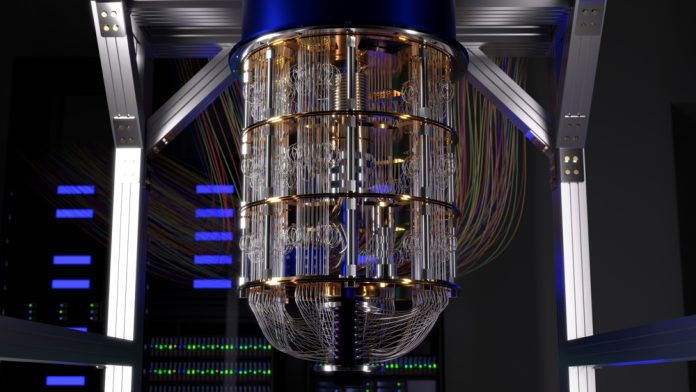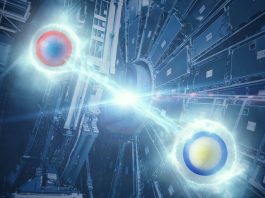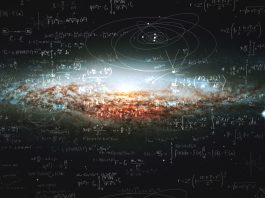Theoretical advances in quantum physics are paving the way for a new era of computing. Among the most promising concepts is the ‘topological quantum computer.’
Though still theoretical, topological quantum computers could surpass existing quantum machines in terms of stability and power, revolutionising fields like cryptography, material science, and artificial intelligence.
The key to unlocking this potential lies in the development of special qubits (quantum bits), which have yet to be fully realised. Recent research, however, offers a promising breakthrough.
The mystery of topological qubits
Qubits are the building blocks of quantum computers. While conventional computers use bits, represented as 0s or 1s, qubits can exist in multiple states simultaneously due to the principles of quantum superposition.
For topological quantum computers to function, they require a unique type of qubit. These ‘topological qubits’ offer higher stability than conventional qubits, making them less prone to errors caused by environmental disturbances.
The challenge has been to find a material or system that can reliably generate these topological qubits.
Recent discoveries by a team of researchers led by Professor Andrew Mitchell at University College Dublin and Dr Sudeshna Sen at the Indian Institute of Technology in Dhanbad offer fresh insights.
Their work focuses on the quantum properties of nano-scale electronic circuits and has opened up the possibility of creating topological qubits through an unexpected mechanism—splitting electrons.
Splitting electrons: The key to stability
Matter, as we know it, is made up of atoms, and within those atoms are electrons—considered indivisible fundamental particles.
Yet, quantum mechanics reveals that under certain conditions, electrons can behave as if they are split. These split electrons can potentially function as topological qubits, providing a crucial step toward realising the vision of topological quantum computers.
In the newly published research, the team shows how electrons, when confined within nano-scale circuits, can interfere with each other.
This interference can lead to phenomena where the behaviour of electrons mimics the splitting of a single electron into two. This strange occurrence is linked to a theoretical particle known as a Majorana fermion, first proposed in 1937.
Majorana fermions and quantum computing
Majorana fermions have long been sought after by physicists. Their unique properties make them an ideal candidate for creating stable qubits.
The research suggests that these particles might be producible within nanoelectronics devices by harnessing quantum interference effects.
The ability to control and manipulate Majorana fermions in electronic circuits could be a game changer for topological quantum computers.
Professor Mitchell explained: “There has been a big search for Majoranas over the last few years because they are a key ingredient for proposed topological quantum computers.
“We might have found a way to produce them in nanoelectronics devices by using the quantum interference effect.”
Leveraging quantum interference
At the core of this discovery is quantum interference, a phenomenon famously demonstrated by the ‘double-slit experiment.’
In this experiment, individual particles like electrons are fired through two slits and create an interference pattern as if each particle passes through both slits simultaneously.
Similarly, in nano-scale circuits, electrons can be manipulated to take multiple paths, leading to interference patterns that block or allow the flow of current. This principle is essential in creating the qubits needed for topological quantum computers.
“It’s the same thing that is happening in a nanoelectronic circuit,” said Professor Mitchell. “Quantum interference can be used to produce the kinds of qubits we need for more powerful quantum computers.”
The future of topological quantum computers
While topological quantum computers remain theoretical, this recent discovery brings us one step closer to realising their potential.
The ability to manipulate quantum particles like Majorana fermions could unlock unprecedented computational power. As research continues, the vision of a stable, error-resistant topological quantum computer may soon become a reality.









